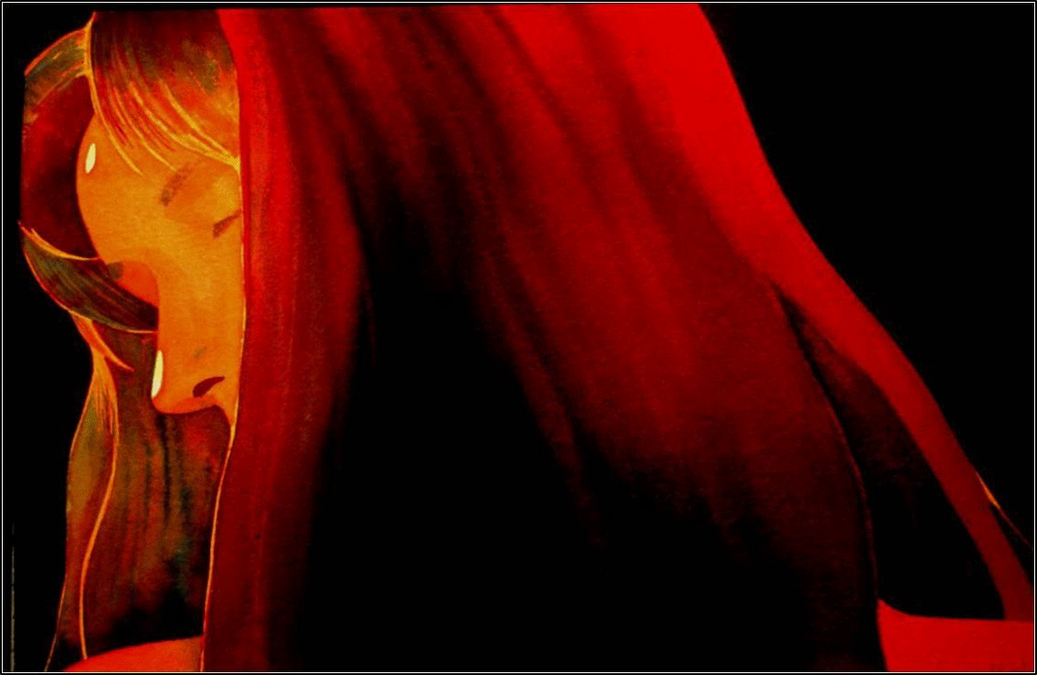With the warm, dry weather the region has experienced over the past few days, area fire departments are already experiencing an increase in grass burning incidents – some of which have threatened to get out of control, Great Bend Fire Chief Mike Napolitano said.
In other parts of the state, some of these fires have threatening property and structures, and have resulted in injury to the responding firefighters. Even as temperatures return to seasonal levels and a promise of rain returns, the elevated risk remains.
“It’s been dry,” Napolitano said Monday. As he spoke, the temperature was in the 80s and a stiff south wind whipped clouds of dust.
The conditions prompted the National Weather Service to issue a “red flag” fire weather warning for central Kansas earlier this week.
Closer to home, Napolitano said some fire departments in Barton County, including Great Bend, are implementing fire restrictions. This means they are requiring a visual inspection of a burn site before a permit will be granted.
This is not a county-wide ban which would require action by the County Commission. But, Napolitano said it gives fire departments more say in what burns take place.
However, under the current conditions, no burning is being allowed. High winds not only dry the foliage and soil, they also spread the flames.
This doesn’t impact agricultural burning. The normal permitting procedure remains in place.
“It will stay this way until it rains or until things green up,” the fire chief said. Although there is a cooling trend in the forecast, there is no precipitation expected.
“We just want things to be safe,” Napolitano said. “Prevention is a part of our job along with fighting fires.”
Napolitano’s department has responded to numerous small grass and ditch fires. They haven’t been anything serious, but any small blaze could get out of hand, he said.
The Office of the State Fire Marshal provides tips and resources for helping farmers and ranchers to have safe and successful prescribed burns of their fields and pastures.
“By following these proven steps for safely burning fields or brush, Kansans will not be as likely to produce fires that burn out of control and put lives and property at risk,” said State Fire Marshal Doug Jorgensen.
The OSFM and Kansas Interagency Wildfire Council offer the following tips and best practices to help ensure a burn doesn’t become a wildfire:
• Know all state and local fire restrictions. Check with county officials who are charged with deciding whether burning is permissible based on local conditions.
• Notify neighbors as a courtesy prior to burning.
• Postpone the burn if unsure of the fuel and weather conditions.
• Have adequate resources and equipment available to prevent escaped fires.
• Consider smoke management to avoid unsafe roads and air quality conditions.
• Do not burn to the ends of the field. Setting boundaries, “back burning” and keeping the fire off of fence rows will prevent out-of-control burns.
Kansas experienced a significant increase in acres burned between 2013 and 2014. Total acres burned rose from 22,482 in 2013 to 184,716 in 2014 – more than 8 times as many field burns in just one year.
Fire departments restricting some outdoor burning
Fire officials offer tips, best practices to prevent wildfires








